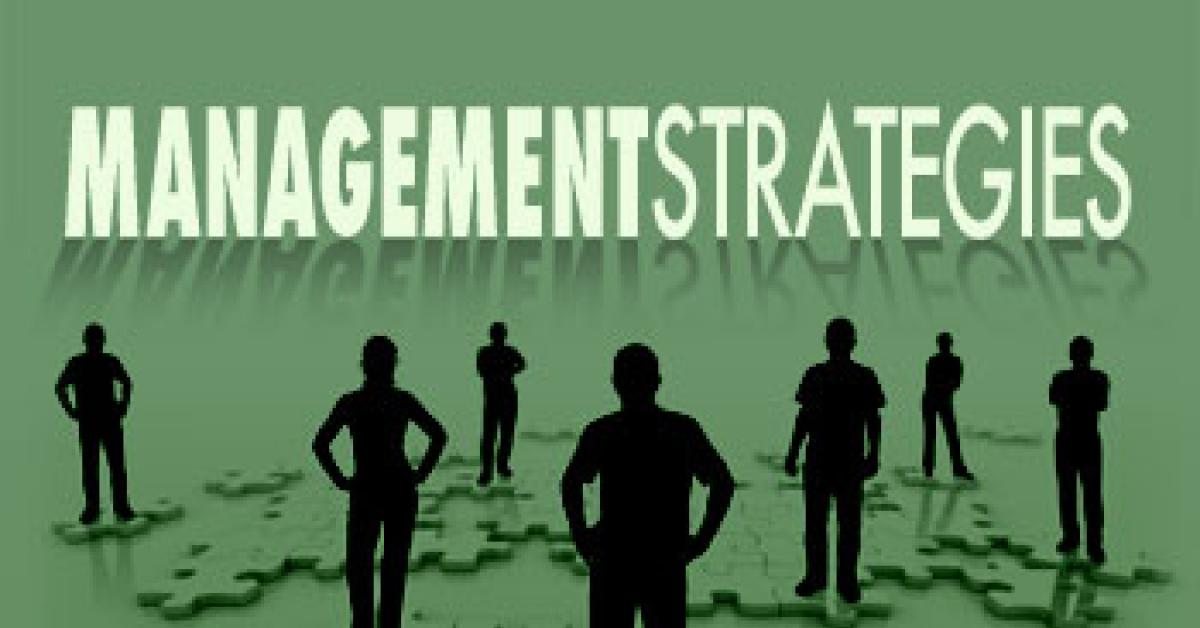SAN FRANCISCO — As the owner of a professional fabricare business, making your business thrive is your primary responsibility. Leading your company to prosperity requires time to think, plan and implement strategies for the good of the entire enterprise. Developing a strong leadership team to manage your company at all levels is key to freeing your time to work on your company instead of in it on a day-to-day basis.
Developing strong leaders is much easier with a structure and system in place for managing the company and for developing the team simultaneously.
MANAGEMENT TOOLS
Once the “right people are in the right seats on the bus,” and their goals and direction are set, they need the tools necessary to achieve their goals.
There are innumerable management tools available, but some of the most relevant to fabricare companies are:
Benchmarking, which compares results to best practices and performance either inside or outside the industry. It is used to set performance standards that have been proven to be achievable and to determine if the operation is optimized.
Business Process Re-engineering helps managers revise processes to become more efficient and profitable. It involves analysis of workflow and process components to determine how to improve the efficiency.
Core Competencies Analysis dissects the performance of individual divisions and offerings to determine the contribution to the enterprise. This scrutiny helps arrive at an appropriate product and service mix by identifying the main strengths or strategic advantages of a business.
Customer Relationship Management (CRM) is a model for managing a company’s interactions with customers. Generally, account relationship management is focused on increasing the share of wallet from that individual account. An example that might differ from that goal is a retailer that is in the position to refer their customers to a dry cleaner.
Customer Segmentation is closely related to CRM but is focused on identifying segments of customers that are similar to each other in identifiable ways. Customer Segmentation provides a means to determine how to reach more “clones” of your best customers and more relevant (to the customer) offerings and communications.
Downsizing usually refers to a reduction in workforce but can also be applied to number of outlets, products, services and divisions.
Mergers and Acquisitions (M&A) is a strategy of buying, selling or combining operations for a business advantage. M&A has been a profitable approach due to the opportunities for economies of scale in combined operations.
Outsourcing, the practice of contracting processes to a third party, is often more profitable than performing the process internally.
Point of Sale (POS) systems are critical to track the inventory processed and the diverse customer base served. Integrating the POS system with the accounting and operational record-keeping systems diminishes the challenges of tracking, managing and improving the progression.
Price Optimization Models calculate how demand for a product or service varies at different price levels. The results are then compared to costs to arrive at optimum pricing.
Satisfaction and Loyalty Management is closely related to Customer Relationship Management and Customer Segmentation, but it is more directly focused on retaining customers and increasing their expenditures with the organization. In addition to customers, this model can be used for retention of other stakeholders, including employees, investors and stockholders.
Social Media Programs are designed to reach out to customer segments through specific electronic media channels and social networks. The goal is to create appealing content that will be shared through the networks and that will result in additional business and loyalty.
Strategic Alliances are focused on aligning with independent business partners to pursue common goals that can be beneficial to both partner companies. An example would be jointly hosting an event that would co-mingle clients that have similar lifestyles and who would be inclined to patronize both businesses. It provides an implied endorsement of each partner.
Strategic Planning, per Wikipedia, is “an organization’s process of defining its strategy, or direction, and making decisions on allocating its resources to pursue this strategy. In order to determine the future direction of the organization, it is necessary to understand its current position and the possible avenues through which it can pursue particular courses of action.” Generally, strategic planning deals with at least one of three key questions:
“What do we do?”
“For whom do we do it?”
“How do we excel?”
To be more concise:
George Friedman in The Next 100 Years summarizes “the fundamental principle of strategic planning: hope for the best, plan for the worst.”
Zero Based Budgeting, although not utilized as much in PTC as outside the industry, is a good tool to re-evaluate the organization, its structure, processes and operations. It involves starting from scratch to design a budget (from zero) to best provide for the needs of the company and its goals. It is especially valuable in keeping the company current as best practices change. A good example of a department that has evolved dramatically and become more efficient with technology is accounting, however, the staffing and training, and therefore the budget, has not always reflected the improved efficiency.
Creating a comprehensive management structure, a sound management system, and providing the tools to complete the responsibilities will make your life easier as the CEO and will make your company prosper.
Have a question or comment? E-mail our editor Dave Davis at [email protected].

